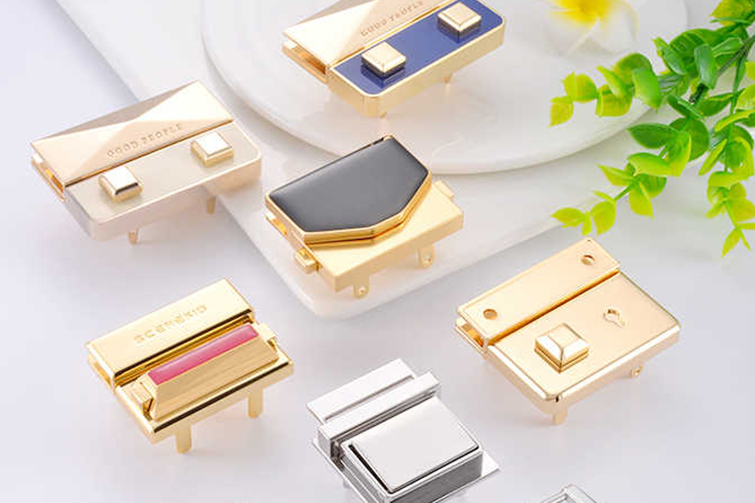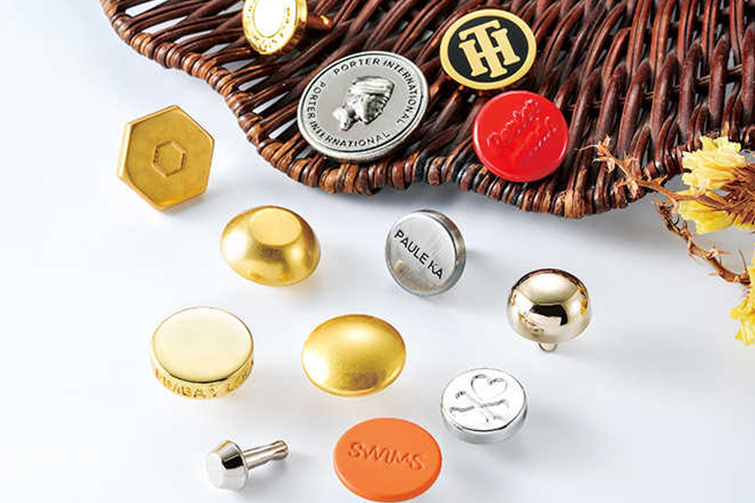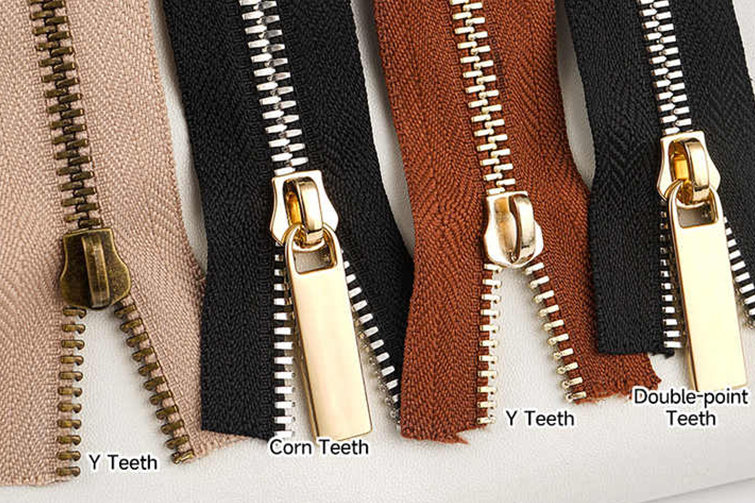

Types of Metal Buttons: A Comprehensive Overview
Metal buttons have been used for centuries, serving both functional and decorative purposes. Their durability and aesthetic appeal make them a staple in the fashion and garment industry. Today, metal buttons come in a variety of designs, materials, and finishes, each suited for different applications. In this article, we will explore the various types of metal buttons, their characteristics, and their common uses.
1. Brass Buttons
Brass buttons are made from a combination of copper and zinc, making them strong and resistant to corrosion. Their golden color gives them a classic, elegant appearance, making them popular for military uniforms, jackets, and coats. Brass buttons can be polished to a bright finish or left to patina over time, giving them an antique look.
- Characteristics: Durable, corrosion-resistant, and golden in appearance.
- Common Uses: Military uniforms, outerwear, and formal clothing.
2. Stainless Steel Buttons
Stainless steel buttons are incredibly strong and resistant to rust and tarnish, making them ideal for outdoor garments and workwear. They are often used in rugged clothing where durability is a priority. Stainless steel buttons tend to have a sleek, industrial appearance, which also makes them popular in modern fashion.
- Characteristics: Rust-resistant, strong, and industrial in look.
- Common Uses: Workwear, outerwear, and modern fashion items.
3. Aluminum Buttons
Aluminum buttons are lightweight yet durable, making them a good option for garments that require minimal weight without sacrificing strength. They are often used in casual clothing and accessories. Aluminum can be anodized in various colors, offering a wide range of design possibilities.
- Characteristics: Lightweight, rust-resistant, and versatile in color.
- Common Uses: Casual wear, accessories, and lightweight jackets.
4. Copper Buttons
Copper buttons have a rich reddish-brown color that adds warmth to any garment. Over time, copper buttons develop a greenish patina, giving them a vintage, aged look. They are popular in heritage fashion styles, such as denim jackets and jeans, where a rustic or vintage appeal is desired.
- Characteristics: Reddish-brown hue, develops patina, warm and rustic appearance.
- Common Uses: Denim, heritage clothing, and vintage-inspired designs.
5. Zinc Alloy Buttons
Zinc alloy buttons are created by combining zinc with other metals to form a durable yet malleable material. These buttons are often cast into intricate designs, making them a popular choice for decorative buttons on fashion garments. Zinc alloy buttons can be plated with various finishes, such as silver, gold, or bronze, allowing for a wide range of styles.
- Characteristics: Durable, malleable, and versatile in design.
- Common Uses: Fashion garments, accessories, and decorative accents.
6. Iron Buttons
Iron buttons are known for their toughness and are often used in heavy-duty workwear. While iron is prone to rusting, many iron buttons are coated with protective finishes like enamel or paint to prevent corrosion. Iron buttons often have a raw, utilitarian look, making them ideal for rugged clothing styles.
- Characteristics: Tough, industrial, and often coated for rust resistance.
- Common Uses: Workwear, heavy-duty jackets, and industrial fashion.
7. Pewter Buttons
Pewter buttons are made from a tin-based alloy and have a soft, silvery appearance. Pewter is a softer metal, allowing for detailed engraving or casting, making these buttons highly decorative. Pewter buttons are often seen on traditional garments like coats, capes, and vests, particularly in historical or period-inspired fashion.
- Characteristics: Soft, silvery, and highly decorative.
- Common Uses: Traditional garments, historical costumes, and period fashion.
8. Nickel-Plated Buttons
Nickel-plated buttons are made from a base metal, such as brass or zinc, and are coated with a layer of nickel. The nickel plating provides a shiny, reflective surface and enhances the durability of the button. These buttons are common in both casual and formal attire, thanks to their polished look and long-lasting finish.
- Characteristics: Shiny, reflective, and corrosion-resistant.
- Common Uses: Casual wear, formal suits, and uniforms.
9. Snap Buttons
Snap buttons, also known as press studs or poppers, are made from metal and are commonly used in garments that require easy fastening, such as jackets, trousers, and bags. These buttons consist of two parts that snap together, providing a secure closure without the need for threading a hole.
- Characteristics: Easy to use, secure, and versatile.
- Common Uses: Jackets, trousers, bags, and children's clothing.
10. Rivet Buttons
Rivet buttons, often seen in denim jeans, are made of metal and used for reinforcement rather than closure. These buttons are typically made of copper, brass, or steel and are inserted into the fabric to prevent wear and tear at stress points. Rivet buttons are a key component of rugged, durable garments.
- Characteristics: Reinforcement-focused, strong, and long-lasting.
- Common Uses: Denim jeans, workwear, and heavy-duty clothing.
Conclusion
Metal buttons are a versatile and essential element in fashion and garment production. From the strength and durability of stainless steel to the decorative allure of pewter and zinc alloy, the wide range of metal buttons allows designers to create both functional and aesthetically pleasing clothing. Whether you're looking for buttons that offer timeless elegance or industrial strength, there's a metal button type suited for every style and purpose.





